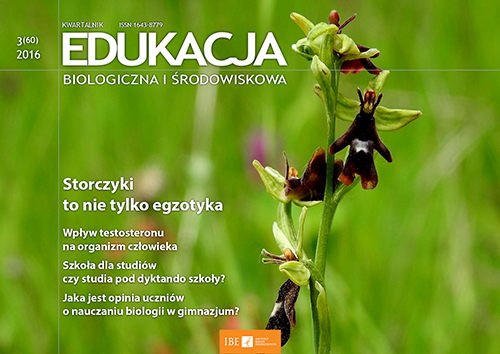Zawartość kadmu i ołowiu w warzywach, efekt toksyczności pierwiastków śladowych
Content of heavy metals in plants intended for human consumption
Author(s): Anna SzymonikSubject(s): Health and medicine and law, Demography and human biology, Environmental interactions
Published by: Instytut Badań Edukacyjnych
Keywords: cadmium; lead; toxicity;
Summary/Abstract: The content of heavy metals in plants intended for human depends on the degree of contamination of the soil. The content of heavy metals in plants grown in areas potentially exposed to pollution or located at the factories is higher compared to the content in plants grown in organic farming. Heavy metals have an impact on various parts of the plant, causing a decrease in biomass, growth retardation, disturbances of photosynthesis, synthesis of DNA, affect the metabolism of lipids and proteins. Consumption of products containing heavy metals have a negative impact on the health, affects the metabolism of proteins, carbohydrates and fats, enzymes and organ function. In extreme cases, it may contribute to tumor formation. To minimize the exposure of the body to heavy metals should consume food derived from certified farms and breeding.
Journal: Edukacja Biologiczna i Środowiskowa
- Issue Year: 2016
- Issue No: 3
- Page Range: 48-53
- Page Count: 6
- Language: Polish
- Content File-PDF

